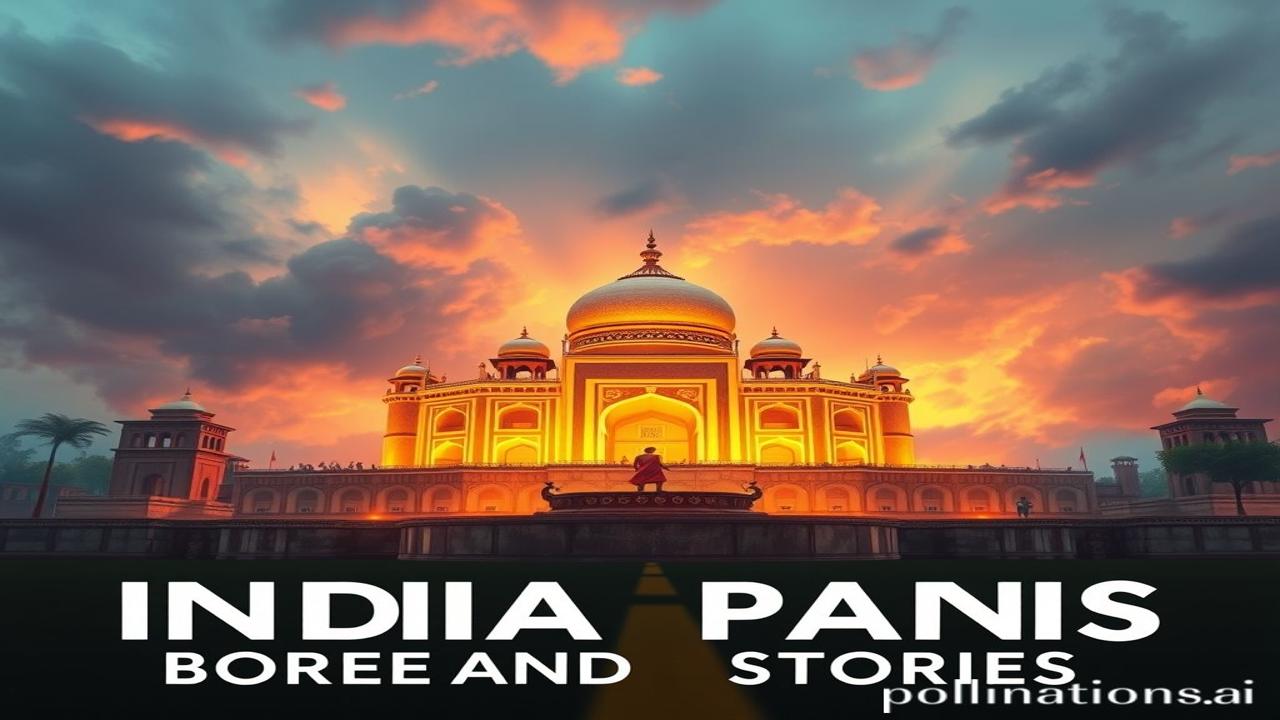Wo Border, Wo Kahaniyan: Exploring India-Pakistan’s Iconic Crossing Points
Kabhi kabhi sochta hoon, agar yeh border na hoti toh kya hota? Kya hum aaj bhi ek saath chai pee rahe hote, cricket match mein ek dusre ke gale lag rahe hote? Waqt ki dhool mein, partition ki laqeeron mein dabi hui hai dheron kahaniyan – dard ki, judai ki, aur kuch umeed ki bhi. Aao, chalein uss paar, inn border points par, aur jaanein inki sacchai.
The Line Drawn in Blood: A Quick History
What happened? The partition of India in 1947. When? August 14th (Pakistan) and 15th (India). Where? Across the entire subcontinent, birthing two nations. Why? Political and religious tensions reaching a boiling point. Imagine Sir Cyril Radcliffe, the man tasked with drawing the border, a man who had never been to India before! He had just weeks to carve up a land rich in history, culture, and intertwined lives. Names like Nehru, Jinnah, Gandhi are etched in our memories, but lesser-known figures like Master Tara Singh (a Sikh leader) also played crucial roles. Partition wasn’t just about land; it was about identity, survival, and a deeply traumatic shift in the lives of millions.
Whispers Across the Wire: Life on the Border
Let’s step into the shoes of a farmer living near the Wagah border. His fields have suddenly become “sensitive zones.” The constant presence of soldiers, the barbed wire glinting in the sun, the nightly patrols – these are now part of his everyday life.
Imagine him telling his grandson, “Beta, yahan kabhi kheton mein khelte they. Ab toh dar lagta hai. Par kya karein, yeh humari zameen hai.”
Or consider a woman running a tea stall near Attari. She’s seen countless tourists, soldiers, and families separated by the border. She hears their stories, their laughter, their tears. Her tea becomes a silent witness to their emotions. She might murmur, “Allah sabka bhala kare. Yeh dukh kabhi khatam toh hoga?” These are the real stories, the untold narratives that breathe life into the landscape surrounding these border points.
Famous Faces, Famous Places: Iconic Border Points
Let’s explore some well-known Indo-Pak border points:
Wagah-Attari: The Beating Retreat Ceremony
- The Grand Spectacle: This is probably the most famous, known for its daily “Beating Retreat” ceremony. It’s a flamboyant display of military might and national pride, with soldiers from both sides engaging in synchronized drills, high kicks, and aggressive flag lowering.
- The Human Cost: While the spectacle is captivating, it also represents the separation. People stand on either side, chanting slogans, feeling a mix of patriotism and perhaps, a tinge of sadness.
Hussainiwala-Ganda Singh Wala: Martyrs and Memories
- Bhagat Singh’s Cremation: This border crossing has significant historical importance as the cremation site of Shaheed Bhagat Singh, Rajguru, and Sukhdev.
- Shared Heritage: The joint parade here is less flamboyant than Wagah but holds a deep sense of solemnity and respect for the sacrifices made during the independence movement.
Munabao-Khokhrapar: The Thar Express Route
- A Train of Hope: Once a vital rail link, the Thar Express connected Jodhpur (India) to Karachi (Pakistan) through the Thar Desert. It symbolized hope and reunion for families separated by partition.
- Suspended Services: Sadly, the service has been repeatedly suspended due to political tensions, highlighting the fragility of relations between the two nations.
Kargil: The High-Altitude Battlefield
- Echoes of War: Though not a formal border crossing, Kargil represents a painful chapter in Indo-Pak relations. The Kargil War of 1999 left deep scars on both sides.
- Remembering the Fallen: The area is now a stark reminder of the sacrifices made by soldiers on both sides and serves as a somber call for peace.
Bharatiyata and the Border: A Complex Relationship
The border is a paradox. It’s a physical line that divides us, yet it can’t erase the shared culture, language, and history that binds us. The music, the food, the traditions – these resonate on both sides of the border.
Even in today’s India, we see echoes of this shared heritage in our Bollywood songs, our love for biryani, and our common social customs. The border remains a poignant reminder of the “Bharatiyata” we once shared, a Bharatiyata that transcended religious and political boundaries.
Fun Fact Alert! Did you know?
Log samajhte hain ki Radcliffe Line ekdum seedhi line hai. Lekin asli sach yeh hai ki Radcliffe Line wasn’t a single line at all! It was a complex series of lines drawn based on various factors, often arbitrarily, leading to much confusion and displacement. Imagine the cartographers trying to make sense of villages divided right down the middle!
Visuals and Emotions: The Border Comes Alive
Close your eyes. Imagine the smell of dust and diesel fumes near the Wagah border. The shouts of the crowd, the blare of patriotic songs, the stomping of boots during the Beating Retreat ceremony. Feel the rough texture of the border fencing beneath your fingertips.
Hear the melancholic strains of a folk song echoing across the deserted Thar landscape near Munabao. See the snow-capped peaks of Kargil, a silent testament to the human cost of conflict.
Closing Thought
The India-Pakistan border is more than just a line on a map. It’s a living, breathing entity, shaped by history, pain, and hope. It’s a reminder of the past, a challenge for the present, and a question mark for the future.
“Har ek eent mein dabi hai ek kahani, iss deewar ke. Shayad, ek din yeh deewar mit jaaye, aur kahaniyan jud jaayein.”
